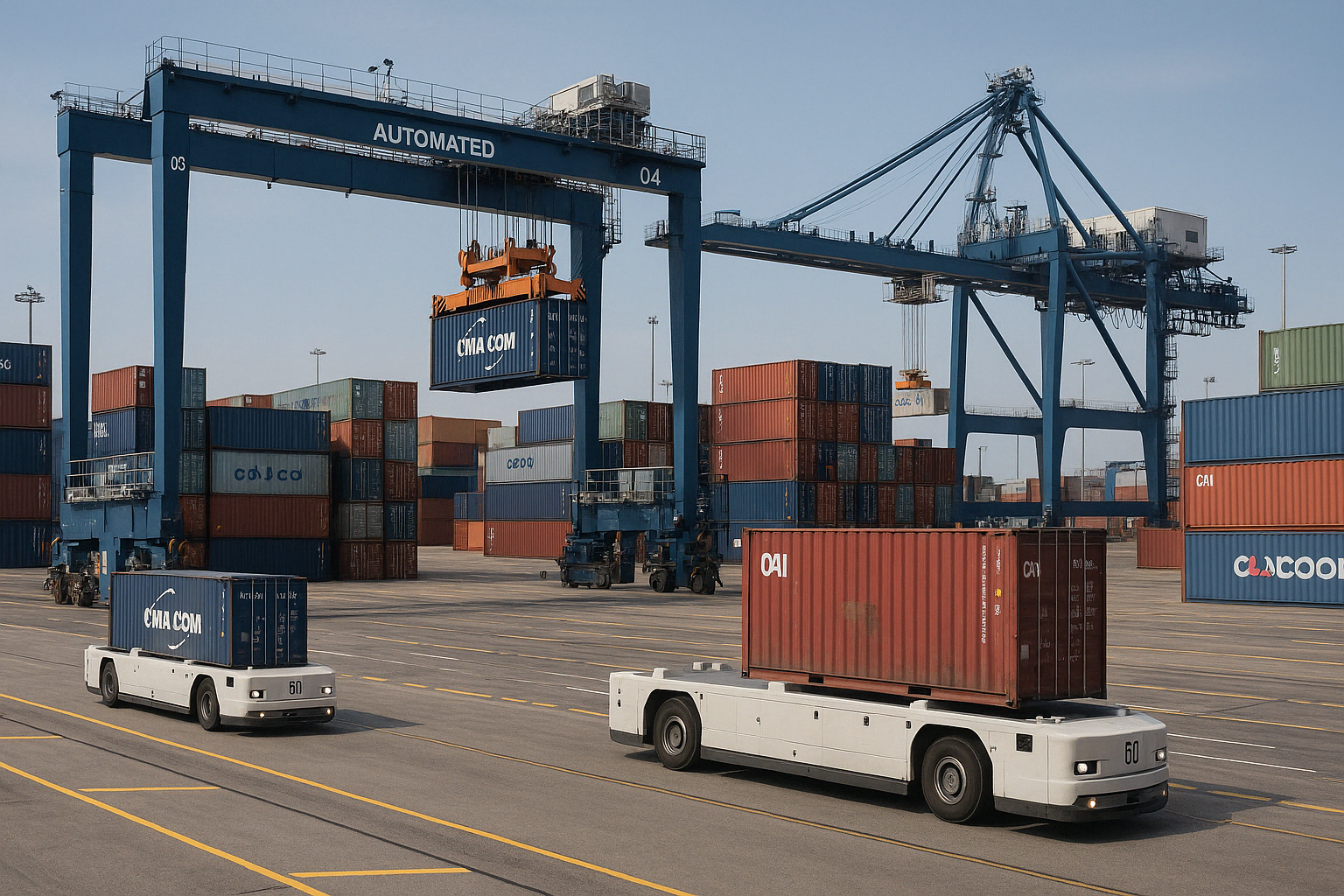Hey everyone! Today I'm sharing my top picks for DevOps tools you should be using in 2025.
Now, I know what you're thinking - "Another list of the best tools?" Well, not exactly. This isn't about what's technically the best. Instead, these are tools that really proved themselves in 2024 and have matured enough to earn a permanent spot in your toolkit. Some are well-known, others are hidden gems, but they all deserve your attention.
I've organized them into nine categories:
- AI tools
- CI/CD
- Containers
- Developer Portals
- GitOps
- Infrastructure as Code
- Manifests Management
- Terminals
- Miscellaneous
Let's dive in!
AI Tools: The Game Changers
AI is everywhere these days, and honestly, it's a bit of a mess. Everyone's jumping on the bandwagon, but few really know what to do with it. We've got the big players like ChatGPT, Google Gemini, and Claude, plus countless self-hosted options.
But my favorite? Cursor. It's not just another AI chat - it's a full-featured IDE that's completely transformed how I write code. You know how frustrating it can be to switch between your editor and AI tools? Cursor solves that by bringing AI right into your coding environment.
The best part? It understands your codebase. It can help you navigate complex projects, suggest improvements, and even write code that fits your existing style. No more copy-pasting between tools or trying to explain your codebase to an AI. It's like having a pair programming partner that's always there, always helpful, and never gets tired.
I've been using it daily, and it's become my go-to tool for everything from quick fixes to major refactoring. If you're serious about coding in 2025, you need to be using Cursor.
CI/CD: Beyond the Basics
CI/CD tools haven't changed much in years. GitHub Actions, Argo Workflows, GitLab CI/CD - they're all pretty similar. They all just run tasks in sequence or parallel. The real innovation is happening elsewhere.
Take Dagger, for example. It lets you define workflows that work both locally and in traditional CI/CD systems. You write it once in TypeScript, Python, or Go, and run it anywhere. It's like a better version of shell scripts or Makefiles.
Then there's Earthly, which combines Dockerfile and Makefile into one. Pretty clever, right? And we've got Task and Just trying to modernize the old Makefile concept.
But my winner? Devbox. It's amazing. It gives you all the power of Nix packages with a much simpler interface. Just define what you need in a devbox.json file, and you're set. I use it in every project now - it's the first thing I set up. It works on your laptop, in CI/CD, anywhere. Plus, it can generate Dockerfiles and devcontainer.json files too. If you're not using it yet, you should be!
Containers: Keeping It Simple
Containers have become pretty boring, in a good way. We don't really care which container engine runs our Kubernetes clusters anymore. Docker Desktop, Rancher Desktop, Podman - they all work fine.
What's really important now is using slim, secure images. We've learned that containers don't need full operating systems. The less you put in your images, the better. That's why Chainguard Images are my top pick. They're slim, secure, and have zero CVEs (unless your app introduces them). Use them as your base images, and you're golden.
Developer Portals: The New Frontier
Platform engineering is making a comeback, but this time it's different. We finally have standards, mainly Kubernetes. It's become our common foundation for building platforms.
For developer portals, we've got options like Backstage, which is growing fast but can be expensive to maintain. There are commercial alternatives like Cortex and OpsLevel.
My choice? Port. It gets that portals should sit on top of platforms, not try to be platforms themselves. It focuses on data models, visualization, and triggering events. The Kubernetes integration is still early, but it's the best option out there right now.
GitOps: The Clear Winner
The GitOps "war" is over. Argo CD won. Flux is still around, but it's not getting the same level of support since WeaveWorks went bankrupt. If you're starting fresh, go with Argo CD. It's the clear choice.
Infrastructure as Code: The Next Level
We're moving beyond traditional Infrastructure as Code. The new wave is about creating custom APIs. Instead of just defining what you want, you become a service provider. Consumers just use your API without worrying about the details.
Crossplane is leading this charge. It lets you create any type of definition with few restrictions. The only downside was using YAML for reconciliation, but they fixed that with Functions that let you use any programming language.
State Management: Finding the Right Format
We've got tons of tools for managing state. Helm is great for third-party apps - it's everywhere. But for your own apps? I'd avoid it. Using text templates for structured data just doesn't make sense.
Kustomize is good for small projects. It uses patches instead of templates, which works well for simple variations.
After trying them all, I've settled on KCL. It's easy to learn and powerful. I've rewritten most of my stuff to use it. For third-party apps, I still use Helm charts - that's just how it is.
Terminals: My Daily Drivers
I live in terminals. They're just more reliable than clicking buttons. Here are my favorites:
- Starship: Makes your prompt dynamic and useful
- Charm: A collection of terminal tools that are just awesome
- Zellij: Makes terminal multiplexing easy
- Nushell: Changed how I write scripts. It's a shell, language, and data processor all in one
Nushell is my winner here. It's perfect for those scripts that are too complex for Bash but not big enough for Go. Everything outputs as data, making it super easy to work with.
Miscellaneous: The Wild Cards
A few tools that don't fit elsewhere but deserve mention:
- NATS: A simple, fast pub/sub server
- wasmCloud: For WASM applications
- Dapr: Just graduated to CNCF's elite projects
NATS gets my vote here. It's often overlooked but perfect for many use cases.
That's it! These are the tools I think you should be using in 2025.



